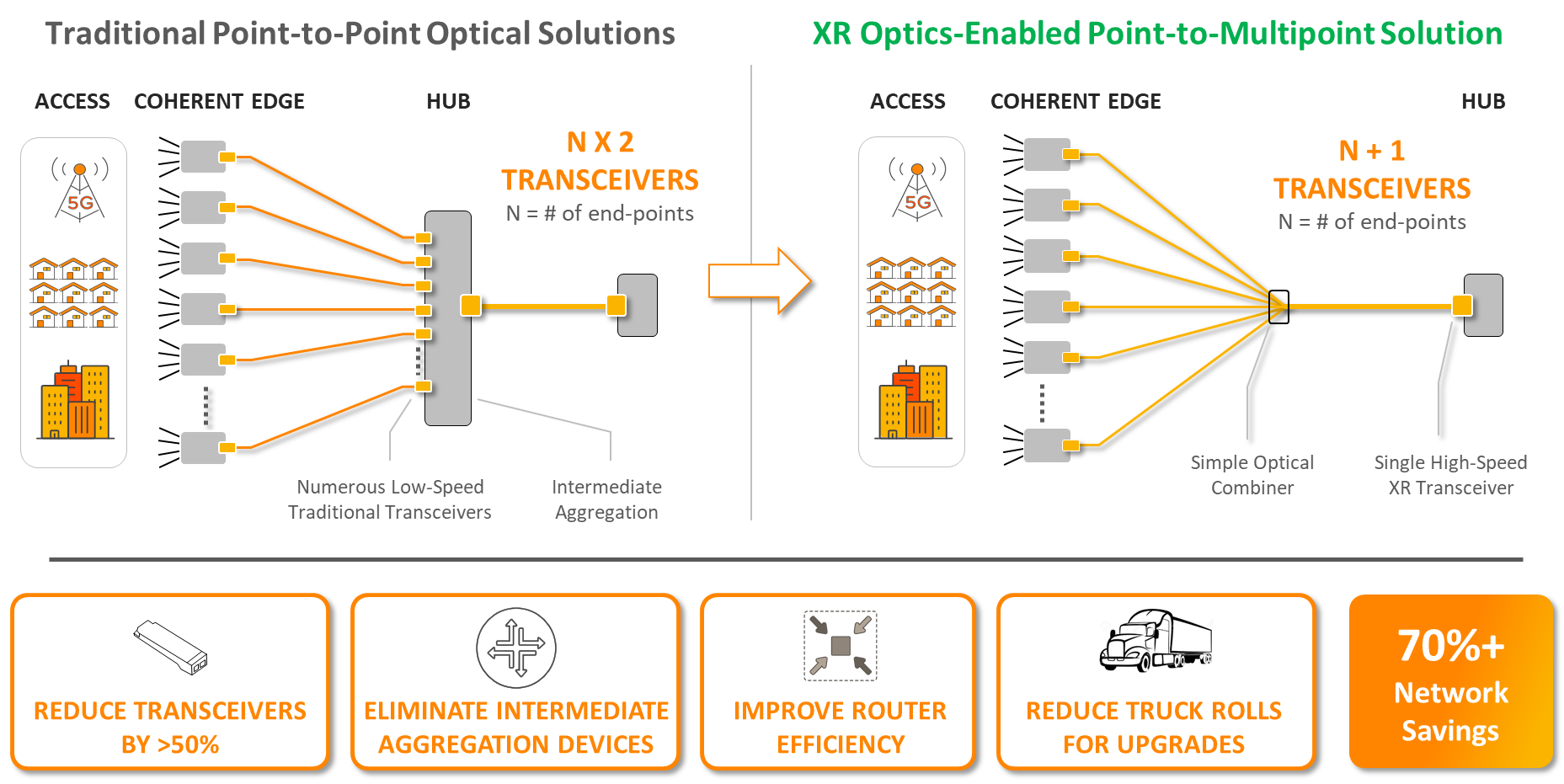By: Omar Alsaied, RVP business development MEA/Turkey/Pakistan, Infinera
Not only is bandwidth continuing to grow rapidly, but that growth has accelerated. Where we typically saw ~30% growth over the past decade, we now see 40% growth according to a recent ACG Research project conducted with 50+ operators. Bandwidth growth is driven by the huge push toward new projects like 5G and smart cities. Many countries, especially in the Middle East, strategic vision 2030 plans around building new broadband services within smart cities to accelerate the digitization of the economy and people's lives.
All these activities are now driving telecommunication networks to scale up, while optical fiber is being rolled out faster all around the globe. Another huge trend is the cloudification of our applications, services, and partial networks, which drives data center scalability and new data center builds to bring content closer to end users.
These networks are underpinned by optical networking equipment that interconnects data centers to local exchanges and even directly to people's homes or businesses. Infinera is a leader in pushing the most amount of data over any fiber. For example, our latest digital signal processor (DSP), the brain behind our ICE6 optical engine with over 5 billion transistors, enables industry-leading capacity-reach. ICE6 delivers 800 gigabits per wavelength over 1,000 kilometers, and 400 Gb/s almost anywhere. With support for C+L band, we multiplex over 100 x 800 Gb/s wavelengths over a single fiber pair, delivering more than 80 Tb/s. Infinera solutions transport data over subsea cables and in terrestrial networks connecting countries, cities, and data centers with market-leading spectral efficiency.

Optical fiber is being rolled out faster all around the globe
At the network edge, optical networking domains are pulling traffic together from the Internet of Things and smart cities, among other projects. Huge investment is going into these projects globally, including in the Middle East. For example, Saudi Arabia announced the $500 billion NEOM project. Other specialized mega projects such as Red Sea, SPARK, and Qiddiya are true examples of vision and execution. Egypt (e.g., ACUD), UAE, Qatar, Bahrain, Oman, Libya, many countries in Africa, and almost the entire region are experiencing similar investments. We have a unique opportunity to build these as greenfield networks and utilize the latest technologies with modern architectures right at the start.
Particularly in access and aggregation networks, where there is typically a huge amount of networking equipment, we need to have a closer look at energy consumption. With energy prices rising rapidly, we need to rethink our network architectures and find new ways to radically simplify our networks while supporting massive scalability.
Many end-user locations are aggregated and connected to a few central aggregation sites, thus creating hub-and-spoke traffic flows. Traditionally, we have built these networks with point-to-point optical connectivity. Infinera is bringing a brand-new technology to the market called XR optics, which supports point-to-multipoint optical connectivity where a single laser can interface with multiple lasers and end locations. This is all enabled by the latest DSP technology with digital subcarriers.
This innovative technology has an enormous positive impact on how modern, scalable, high-capacity networks can be built. Some of the modeling we have done with service providers has demonstrated total cost of ownership savings of up to 70% compared to traditional network builds because many networking devices and unnecessary locations can be avoided.
Further, this technology enables multigenerational interworking – the next generation of coherent XR optics will interwork with today’s generation. This is another huge positive impact on network scalability as it enables significantly faster upgrades. It also reduces operational costs as there are fewer locations in the network.

Traditional vs. new access and aggregation architectures
Current XR optics technology supports 400G in a CFP2 or QSFP-DD pluggable format. The 400G XR optic can interface with up to 16 different 25G optics in a 100G pluggable format at the network edge. For the first time in the industry, we can build point-to-multipoint optical connectivity. Infinera is very excited to bring this technology to market now, as it is exactly the right time to support these huge projects coming out of the Middle East and across the globe.
These new coherent optics are also bringing the IP and optical layers closer together as the optics can be installed and operated in IP network devices too. To enable more efficient IP and optical deployments, Infinera has introduced an Open Optical Toolkit that includes a lightweight cloud-native application called Intelligent Pluggables Manager (IPM). Combining intelligent XR optics pluggables with virtual transponder functionality aligned with IPM simplifies the deployment of coherent transmission technology into diverse network elements including switches/routers and even servers and 5G radios, enabling both point-to-point and point-to-multipoint deployments.
Infinera delivers industry-leading optical transmission technology from edge to core and terrestrial to submarine. We are reimagining network architectures to match traffic patterns with optical connectivity – enabling both point-to-point and point-to-multipoint technology and building scalability while improving costs, efficiency, and power reduction.










